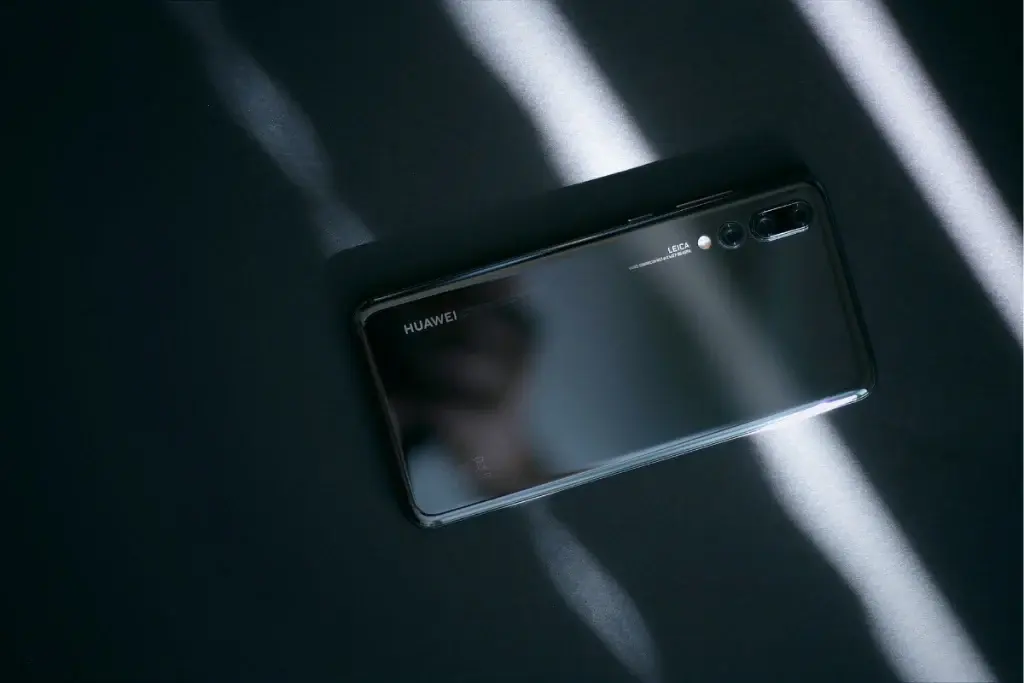The tech industry in the United States boasts giants like Google, Meta, Microsoft, Amazon, and Apple, with a significant presence that shapes the global market for mobile devices. Huawei, a Chinese company, managed to navigate this competitive landscape despite facing challenges that stemmed from US government restrictions.
Huawei’s Resilience Amidst Challenges
Huawei emerged as one of the top three smartphone sellers globally in 2019, surpassing Apple in sales during various quarters of 2018 and 2019. However, its success faced a setback when the US government imposed restrictions on its operations within the country.
In May 2019, Huawei, along with other Chinese entities, found themselves on the US Entity List, barring them from collaborating with US-based organizations. This move meant that Huawei devices could no longer include popular Google-owned apps like YouTube, Google Maps, and Google Drive, impacting their market offerings significantly.
Innovation and Adaptation
Despite the hurdles, Huawei showcased resilience and innovation. In response to the ban, the company introduced HarmonyOS, initially unveiled in 2019 and later positioned as a mobile operating system in 2020 with HarmonyOS 2.0. The introduction of HarmonyOS marked a pivotal moment for Huawei’s software development journey.
In a strategic move, Huawei diversified its offerings by launching the Huawei P50 series with HarmonyOS, although lacking 5G support. Additionally, the company invested in establishing an in-house chip fabrication plant, culminating in the Kirin 9000S chip, featuring 5G capabilities, showcased in the Huawei Mate 60 and Mate 60 Pro smartphones.
Software Evolution and Independence
Huawei’s software ecosystem, including the Huawei AppGallery and HarmonyOS, witnessed significant growth post-US ban. The Huawei AppGallery garnered over 530 million active users in early 2021, escalating to 580 million active users by late 2022. Moreover, the HMS ecosystem flourished, boasting a remarkable increase in global developers from 1.6 million to over 5.4 million.
While HarmonyOS retains some ties to Android through the Android Open Source Project (AOSP), Huawei’s focus on HarmonyOS Next promises complete independence from the Android OS, setting the stage for a unique software experience that will challenge conventional norms.
Huawei’s Adaptation to Google App Alternatives
To counter the absence of Google apps, Huawei developed alternatives like Huawei Assistant, Huawei Gallery, Zoom, Skype, Huawei Cloud, Deego, Huawei Browser, and Huawei AppGallery, offering users a seamless experience on their devices.
In conclusion, Huawei’s strategic investments in chip manufacturing, software development, and ecosystem growth showcase its determination to thrive in a competitive market. The upcoming HarmonyOS Next signals a new chapter for Huawei, positioning it as a formidable player alongside American tech giants.
For more information, Huawei recently unveiled the Pura 70 series powered by the Kirin 9010 chipset, highlighting the company’s ongoing commitment to innovation and consumer satisfaction.


Image Credit: Alex Escu/Unsplash



Leave a Reply